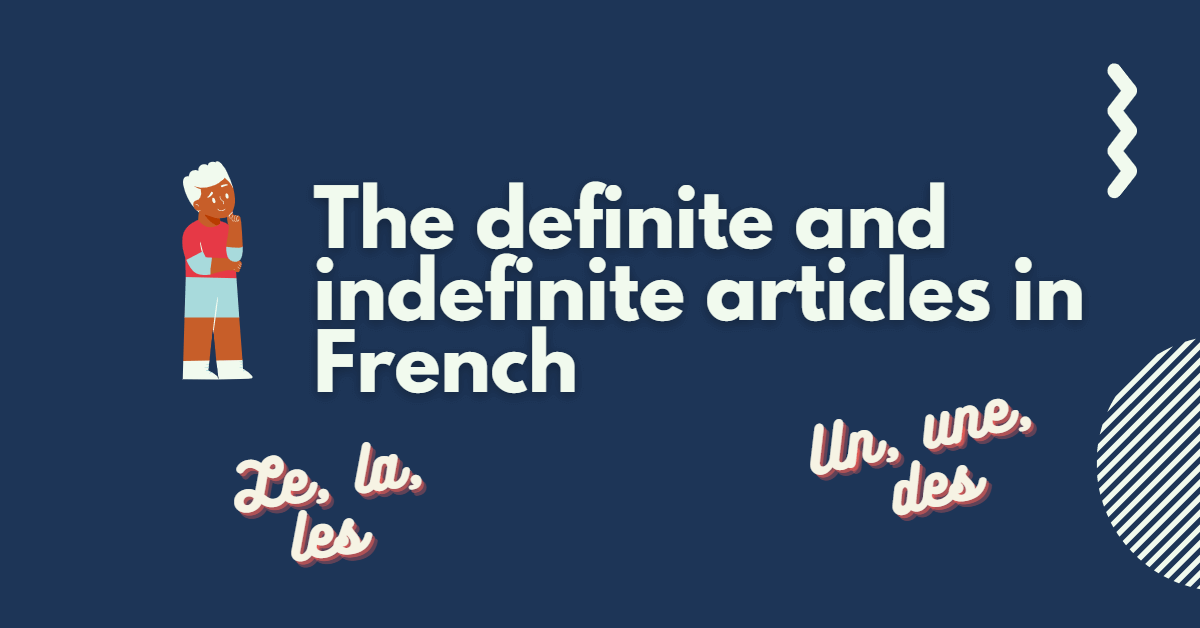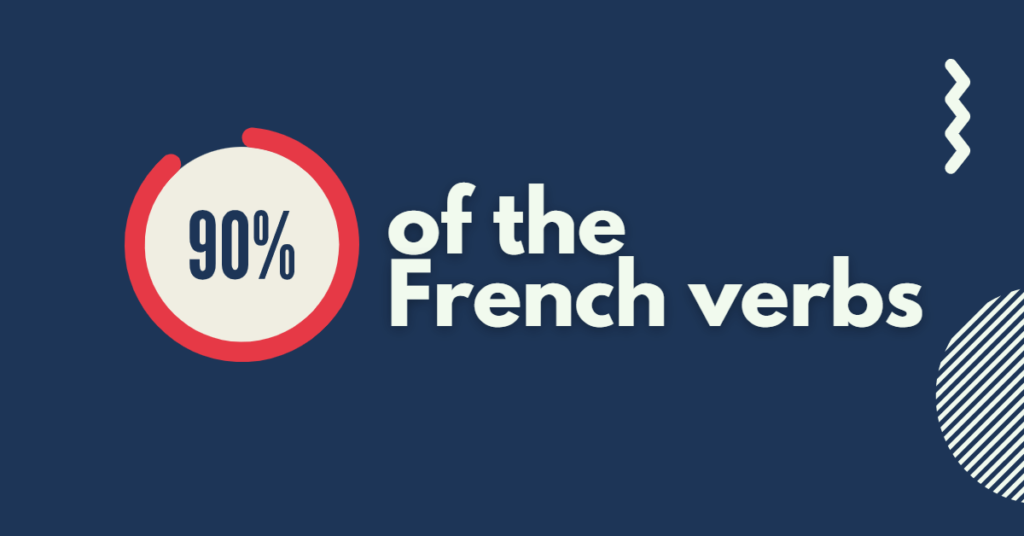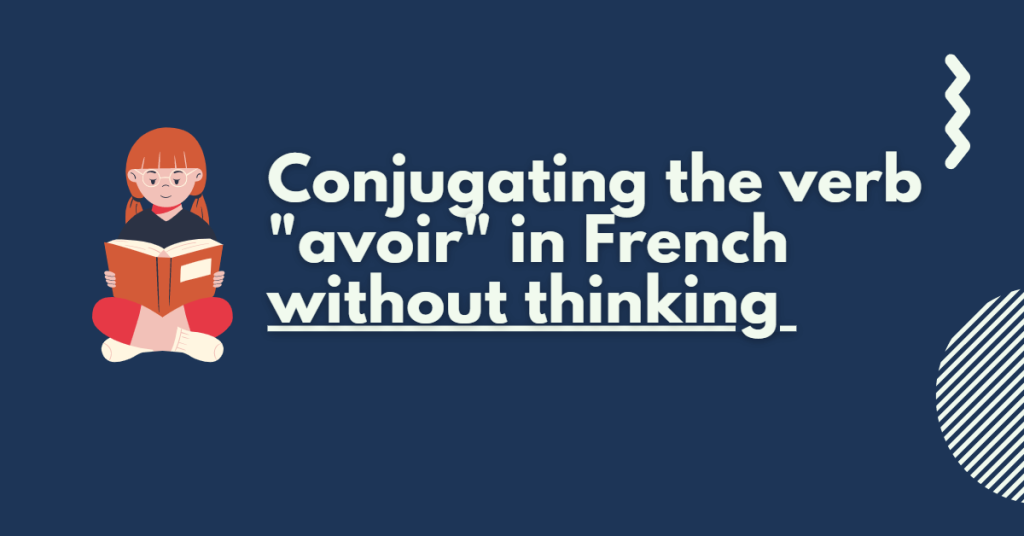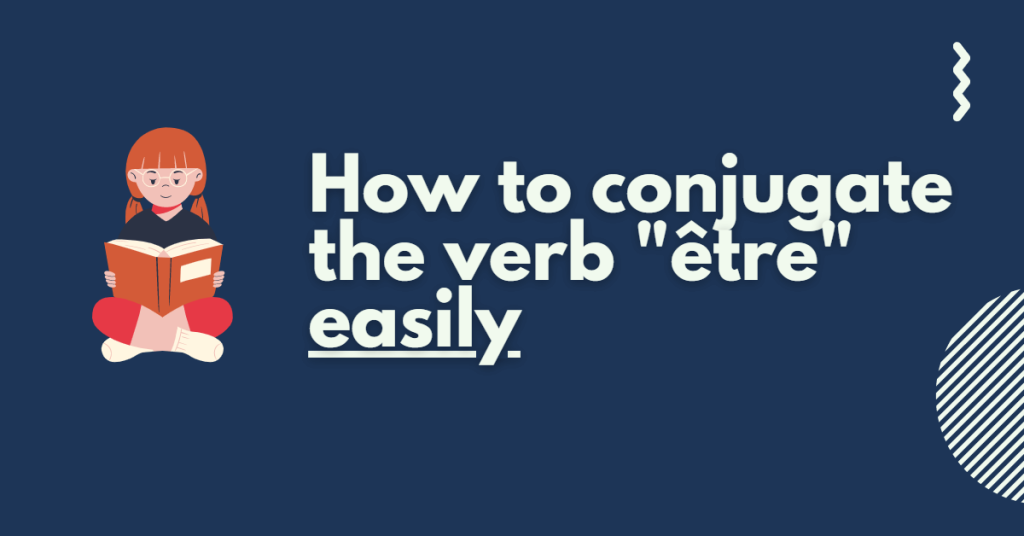They are extremely important to know, they are present in every sentence, you learn them by heart.
The only difficulty you will encounter when learning the articles is to find the right the gender! Don’t worry, no one will judge you if you get the wrong gender, the most important thing is to start talking to the right fundamental!
Before you start, can you find them in this text?

The definite articles in French
A definite article is specific, it defines the number and gender of the noun it corresponds to. In English, the only definite article is the, whereas in French there are four of them: la, le, l’ and les.
| Articles définis | Defined Articles |
| Le | The |
| La | The |
| Les | The |
Examples:
le pain (the bread)
la pomme (the apple)
Do you want to know how to conjugate 90% of French verbs? Download our PDF!
Illustration – listen carefully
“J’aime regarder la télé le soir et je kiffe le chocolat. Le matin, je déteste manger du poisson, et toi, tu aimes bien ?
“I like to watch TV in the evening and I love chocolate. In the morning I hate eating fish, but do you like it?”
The indefinite articles in French
For definite articles, it is quite easy, they follow the same structure:
- Le > Un
- La > Une
- Les > Des
Examples:
Je mange des fraises (I eat strawberries)
Je commence un cours (I start a course)
Je porte une cravate (I wear a tie)
As with the definite articles “les”, there is no difference in the plural gender: “des”.
Exception: In the negative form, we replace un, une, des with de (or d’).
– Je n’ai pas de pull / j’ai un pull
– Nous n’avons pas de chien / j’ai un chien
Indefinite articles have yet another peculiarity. “Des” turns “de” when there is an adjective between the article and name.
– J’ai des yeux bleus. (I have blue eyes).
– J’ai de beaux yeux. (I have beautiful eyes).
Summary
| Articles indéfinis | Articles définis |
| Un | Le |
| Une | La |
| Des | Les |
Remember that in both cases (indefinite or definite) there is no difference in the gender of the plural. Quite practical, isn’t it?
Attention “Élision” – The use of the apostrophe in French
Remember the apostrophe (l’apostrophe) is mandatory when the final vowel of certain words meets the initial vowel or the mute h of the following word. Elision is the deletion of the final vowel a, e, i from a word when the following word begins with a vowel or a mute h, and is indicated by an apostrophe.
- This is the case for “le” and“la” :
- L’arbre (The tree)
- L’orange (The orange)
- L’hiver (The winter)
- L’erreur (The error)
Your turn now!





